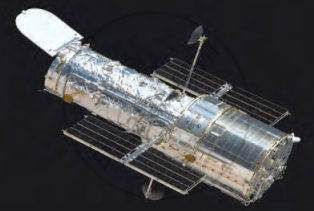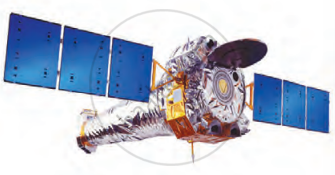Visible light and radio waves from space can reach Earth's surface through its atmosphere. So, earth-based optical and radio telescopes can be built. However, these Earth-based telescopes have trouble making effective observations.
Challenges with Earth-Based Telescopes: The light from heavenly bodies passes through Earth's atmosphere to reach the surface.
However, this journey presents challenges:
- Some light is absorbed by the atmosphere, reducing its intensity.
- Changes in atmospheric pressure and temperature create turbulence, causing light rays to shift paths and making images shaky.
- Optical telescopes cannot be used during the day due to sunlight, and city lights or cloudy weather can hinder observations at night.
To overcome these problems, optical telescopes are often placed on mountaintops in remote areas. Yet, the only way to completely avoid these issues is to place telescopes in space, above Earth's atmosphere. In space, there is no atmospheric interference, so the images are brighter, clearer, and steadier.


